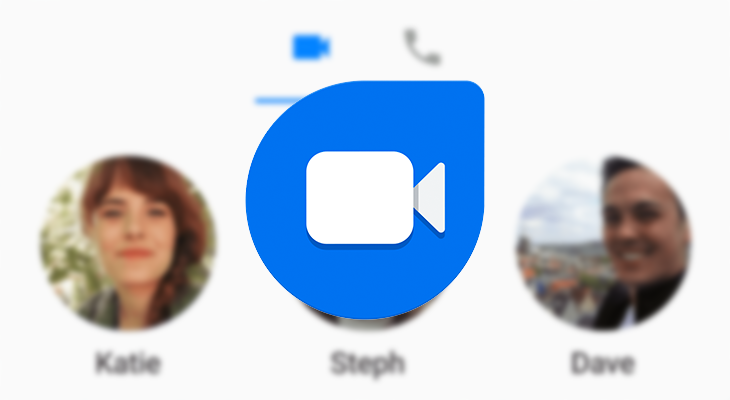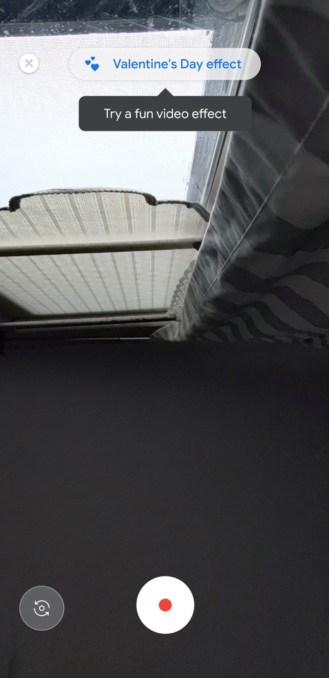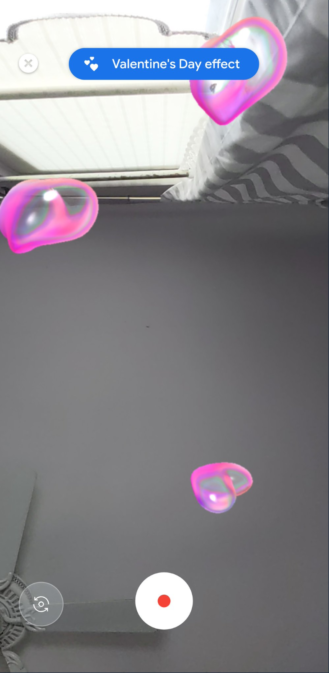Read update
- Google Duo engineering lead Justin Uberti took to Twitter to offer users a few more tidbits of information about the new Valentine's Day effect. According to Uberti, the feature, being tested in Duo v47, is available for most devices. He also noted that this feature is part of a larger development, writing: "There’s a lot of interesting tech behind this, including an all-new hardware-accelerated on-device inferencing platform. Stay tuned!"
As florists, chocolate makers, and greeting card companies alike gear up for one of the biggest sales days of the year — Valentine's Day — tech companies are preparing their own festive offerings for the sentimental celebration. This year, Google Duo is offering a Valentine's Day video effect for long-distance loves, and it's already showing up for many users.
We spotted the Valentine's Day video effect last month in an APK teardown along with a partially working 'Favorites' list. Now it's going live, one day ahead of the official holiday. When opening the app, users will see a prompt at the bottom of the screen suggesting they "Try a video effect for Valentine's Day," and can swipe down to record a message with the effect.
Once activated, the effect shows heart-shaped pink bubbles moving across the screen. Users can turn on and off the effect by pressing a button at the top of the screen marked "Valentine's Day effect." It seems the effect is only available for video messages, not video chatting.
Google Duo is far from alone in offering this sort of festive touch for the holiday, but new features are always of special interest due to how lightweight and minimal Google has kept the app so far. Our recent teardowns indicate that Google is considering adding not only more filters in the future, but also a drawing mode for video messages, a decision that puts Duo more in line with apps like Snapchat but probably won't appeal to its core user base. If Google really wants to keep its current users happy, it'll keep bloat minimal and work on much-requested functionalities like screen sharing. For now, we get heart bubbles.
Thanks: David
UPDATE: 2019/02/14 3:04pm PST BY ROSE BEHAR
Google Duo engineering lead Justin Uberti took to Twitter to offer users a few more tidbits of information about the new Valentine's Day effect. According to Uberti, the feature, being tested in Duo v47, is available for most devices. He also noted that this feature is part of a larger development, writing: "There’s a lot of interesting tech behind this, including an all-new hardware-accelerated on-device inferencing platform. Stay tuned!"



